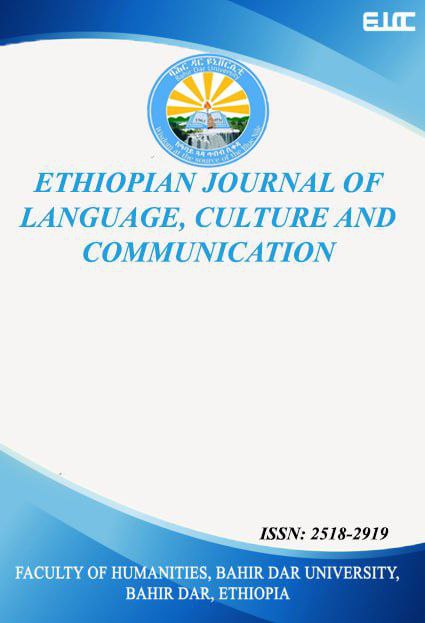Agricultural Communication Practices on Increasing Wheat Production in Ethiopia: Amhara Region in Focus
Abstract
The study focused on agricultural communication practices to increase wheat production in Ethiopia: the case of the Amhara region. An interpretative research design was used to understand the current ways farmers are provided information by the government gave farmers information to increase wheat production. A qualitative research approach was used to analyze documents about Ethiopia's agricultural extension strategy and the farmer interview. To select the sample for the study, the researcher used purposeful sampling. Interviews, document analysis, and discourse analysis were used to gather reliable data. The study finding indicated that the government did not employ a different way of providing information to increase wheat production than other agricultural production. Therefore, development agents are the primary and direct information providers for farmers, and the mass media are the secondary and indirect information providers for farmers. To increase wheat production and ensure food security, the government's information provision should be better and updated. Furthermore, since the era is the age of information, the government should directly use the mass media to spread agricultural knowledge and information and make it available to farmers.
Copyright (c) 2024 Ethiopian Journal of Language, Culture and Communication

This work is licensed under a Creative Commons Attribution-NonCommercial 4.0 International License.
Authors who publish with this journal agree to the following terms:
- Authors retain copyright and grant the journal right of first publication with the work simultaneously licensed under a Creative Commons Attribution License that allows others to share the work with an acknowledgement of the work's authorship and initial publication in this journal.
- Authors are able to enter into separate, additional contractual arrangements for the non-exclusive distribution of the journal's published version of the work (e.g., post it to an institutional repository or publish it in a book), with an acknowledgement of its initial publication in this journal.
- Authors are permitted and encouraged to post their work online (e.g., in institutional repositories or on their website) prior to and during the submission process, as it can lead to productive exchanges, as well as earlier and greater citation of published work (See The Effect of Open Access).


